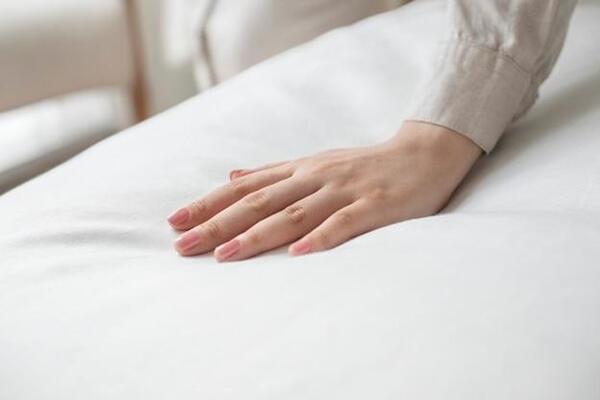
How To Stay Comfortable With Disposable Bed Pads
A good night's sleep is important to one's general health, but it is difficult to get for most individuals due to medical conditions. The discomfort and tension involved in dealing with leakage or spontaneous incontinence can interfere with one's ability to get a good night's sleep, leading to restless nights and added stress.
This is where disposable bed pads come in. They are an ideal and simple solution that forms a barrier between the body and the bed.
But a bed pad on its own is not sufficient to give comfort.
The selection of the most suitable pad type, appropriate placement, and other comfort measures can enhance the quality of sleep.
Keep reading to learn more about how to be comfortable with disposable bed pads.
1. Choose the Right Type of Disposable Bed Pads
Selecting the most comfortable disposable bed pad is key. Different brands and types have different absorbency, materials, and sizes, and choosing one best suited to your needs is worth choosing. Some will have a quilted top layer of soft fabric, a more comfortable surface for the skin, but others will have a plastic backing, less comfortable for the skin.
In the same way, remember your incontinence level or the reason why you need the pad.
For instance, if you need heavy absorption, get a highly absorbent disposable bed pads to soak large volumes of liquid without leaking. On the other hand, if you only have light protection requirements, a thinner pad will be less apparent under your body and more discreet.
In addition to that, provide the pad with an adhesive backing or other way to keep it stationary so that it will not shift during the night. By choosing a quality disposable bed pad appropriate to your needs, comfort and performance can be maximized.
2. Position the Bed Pad Correctly
Correct positioning of the bed pad is important to prevent discomfort and ensure maximum absorption. A pad that becomes displaced or bunches up can cause irritation as well as be ineffective in its ability to provide the desired protection.
Position the pad correctly, flat on the mattress so it can cover the area it is needed for with no folds or creases. If you're using the pad for incontinence, it should be placed under your buttocks and lower back in order to absorb the leakage best.
Some disposable bed pads come with adhesive strips, keeping the pads in position while sleeping.
3. Use Additional Layers for Extra Comfort
Though disposable bed pads are designed to be absorbent, comfort layers can be added. A light towel or a cotton sheet placed over the bed pad can provide a layer between your skin and the pad, reducing the irritation caused by plastic or synthetic elements.
This is especially useful for individuals with sensitive skin, as direct contact with some bed pads can be mildly irritating.
The mattress topper can also offer a cushioning advantage, softening the sleeping surface while allowing the pad to work. In the case of overheating concerns, having a breathable cover for the pad can keep the temperature under control, which will avoid overheating.
4. Maintain Good Hygiene to Prevent Skin Irritation
Hygiene helps in keeping you comfortable with disposable bed pads. Prolonged exposure to moisture could lead to skin irritation, rash, or infection, especially in individuals with incontinence or impaired mobility.
In order to prevent discomfort, the bed pad needs to be replaced from time to time, especially if it is damp. Similarly, wick action barrier creams or powders can keep the skin dry for prolonged periods.
Use skin-friendly products to avoid irritating the skin and to keep the skin dry. When changing every pad, washing the skin with mild soap and water will also assist in avoiding bacterial growth and wetness.
5. Consider Breathable and Hypoallergenic Options
Some disposable bed pads have more breathable, hypoallergenic material, which is best for individuals with allergy-prone or sensitive skin. The older plastic-backed pads have a tendency to trap moisture and heat, which can be discomforting. Having a breathable fabric layer in a pad can regulate the temperature and allow for air passage.
They are designed to be less irritating to the skin and to be less likely to cause allergy problems. Use hypoallergenic pads if you have skin sensitivity. They usually have fewer chemicals or dyes, which can cause problems.
In addition, there are certain bed pads that are also breathable and moisture-wicking, and they keep the skin dry and reduce the likelihood of irritation and rash. They allow increased air flow, which prevents excess humidity from accumulating, leading to discomfort, especially during prolonged periods.
Wrapping Up
Being comfortable with disposable bed pads is a matter of conscious choice and small adjustments that achieve maximum comfort as a whole. Selecting the most appropriate type of pad, where and how it is placed, and the addition of extra layers all contribute to a more comfortable night's sleep.
Furthermore, cleanliness is also important; products that breathe and alternate the way one sleeps contribute to comfort.